Science-based management requires reliable information, yet many fisheries lack capacity and compliance tools
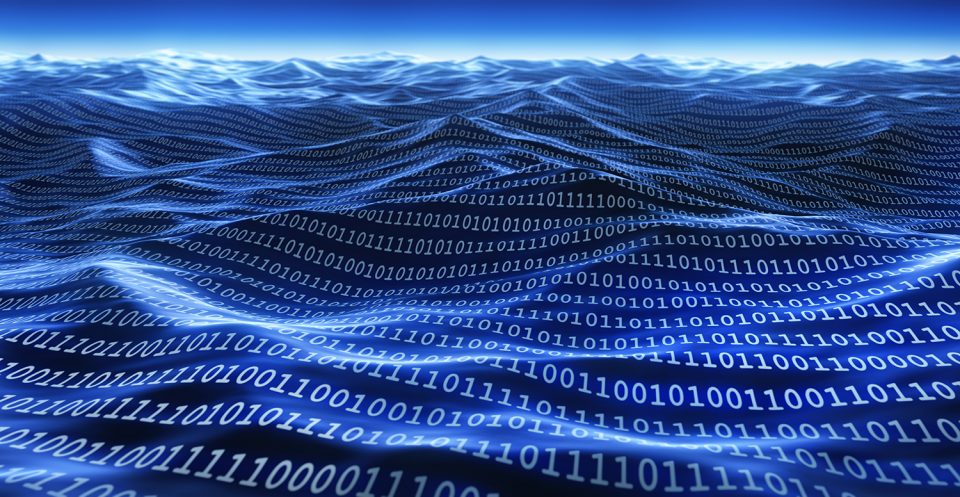
In global fisheries, there are both clear and subtle differences between small-scale, artisanal, semi-industrial, and industrial fisheries. The United Nations’ Atlas of the Oceans suggests that the best test is to graphically combine both the vessel size and degree of technology. Of course, regions with varying socioeconomic characteristics will produce different pictures in such an exercise. “Relativity” is a key word in comparing fisheries; however, when it comes to effective fisheries management, there is one powerful tool that puts all at the starting line together: data.
Naturally, there are challenges. According to a 2018 report by California Environmental Associates (CEA) and The Nature Conservancy (TNC), many fisheries “lack reliable data about what happens on the water to inform and implement science-based management.” Many others also “lack the political will, management and legal frameworks, capacity, and compliance tools necessary for enforcement.” A 2018 report by the Environmental Defense Fund (EDF) states that there are at least 10,000 fisheries in the world, and the catch is monitored to some degree in about 7,000 of them; however, the approximate number of fisheries that are scientifically assessed and managed is only about 600. That leaves an enormous gap.
There’s a price attached to that disparity. The World Bank estimates that ineffective fisheries management results in a (U.S.) $80 billion reduction in annual net benefits compared to if fisheries were managed sustainably (CEA/TNC report).
Improved data collection and the ability to enforce regulations are important factors in addressing these losses. Managing fisheries to reach their potential contributes to achieving many of the United Nations’ Sustainable Development Goals, including ending poverty and hunger, improving health, creating sustainable livelihoods, and protecting ocean ecosystems. To sum up: equal access to data matters.
https://www.aquaculturealliance.org/advocate/one-ocean-at-the-intersection-of-green-energy-and-a-blue-economy/
Reason for optimism
Despite the hurdles, good news is on the horizon. As the EDF report states, a wide range of fisheries is increasingly turning to technology to improve fisheries monitoring. Moreover, not all technologies require a significant start-up cost or infrastructure investment, making these vital tools more accessible for a wide range of fisheries.
Case in point: Conventional electronic monitoring (EM) systems used in industrialized fisheries can provide full accountability for fishing activities; however, due to various constraints, including cost and lack of infrastructure, less than 1 percent of the world’s fishing vessels are subject to EM (CEA/TNC report).
But as the EDF report indicates, the landscape is changing. Other types of monitoring technologies are emerging that can be especially useful in fisheries without ample infrastructure, revenue, or capacity for conventional EM systems. The table below summarizes fishery enforcement challenges or needs, types of technological solutions, and specific technologies.
Ocean data, Table 1
Table 1. Fishery enforcement challenges that can be addressed with existing or soon-to-be available technology. Table reposted with permission from EDF.| Challenge/need | Technological solutions | Specifics |
|---|
Challenge/need | Technological solutions | Specifics |
|---|---|---|
| IUU fishing of highly migratory species and transboundary stocks | Satellite imagery; VMS data; AIS data | Global Fishing Watch, Eyes on the Sea, Camio, Data Science for Social Good |
| Catch limit compliance - self reported | Electronic logbooks on tablets Smartphone apps | TNC e-Catch, DeckHand Apps: Abalobi, mFish, FACTS, FishBrain, iSnapper, FishAngler |
| Catch limit compliance - monitored | Low-cost cameras with data loggers | Flywire, ShellCatch |
| Effort limit compliance | Electronic logbooks on tablets; Smartphone apps; GPS trackers; Low-cost VMS | TNC e-Catch, DeckHand Apps: Abalobi, mFish, FACTS, FishBrain, iSnapper, FishAngler PDS trackers, Remora trackers, SatLink artesanal VMS |
| Compliance with spatial restrictions (MPAs, TURFs, SPAG closures, etc) | GPS trackers; Low-cost VMS | PDS trackers, SatLink artesanal VMS, Data Science for Social Good tracking and alert software, Camio tracking and alert software |
| Compliance with seasonal restrictions | GPS trackers VMS | PDS trackers, Remora trackers, SatLink; artisanal VMS |
| Reducing bycatch of ocean wildlife | Cameras; Satellite imagery; AI for detecting wildlife in images; Acoustic monitoring of marine mammals | Flywire, ShellCatch, GoPro Planet Images, CVision SA Instrumentation |
| Illegal access to fishery | Radar; GPS trackers; VMS | Marine Monitor (M2) radar; PDS trackers; Remora trackers; SatLink; artesanal VMS |
| Seafood fraud | DNA scanning; Blockchain ledgers | Conservation X DNA scanner, FishCoin |
| Fisher ID and vessel registry | Electronic registries | FINNS, FishTrax (web-based) |
| Compliance with size limits | Cameras; AI software for image processing; Web-based length quantification | Flywire, Shellcatch, TNC system, CVision, Poseidon |
| Data management | Hardware to integrate data from multiple sensors; Databases with user friendly interfaces | Nautilus, Olrac Akvo, Hydroswarm |
| Predicting illegal activity | Machine learning | Google TensorFlow |
| Incentivizing data collection and sharing | Blockchain ledger | FishCoin |
Inevitably, there are barriers to adopting new technologies – insufficient drivers for monitoring and enforcement, high perceived cost, resistance to change, privacy concerns, accountability, infrastructure and lack of governance are all on the list. High levels of stakeholder buy-in are critical to success, especially in situations where enforcement is ineffective. One way to achieve stakeholder buy-in is to demonstrate and otherwise communicate the benefits of monitoring for fishers, often in the form of higher market prices, increased catches and increased sustainability.
Beating IUU fishing helps all fisheries
In the effort to combat illegal, unreported and unregulated (IUU) fishing, data-gathering and visualization techniques are helping improve transparency on the ocean. Given that IUU fishing occurs in all types of fisheries and is a threat to the food security, economic security, national security and environmental security of countries around the world, it’s a global problem that calls for a coordinated approach.
Technology is playing a role in tackling IUU fishing. For example, the remote-sensing tools developed by Global Fishing Watch (GFW) are helping address this issue. The GFW data platform detects illegal fishing independent of fishery-specific monitoring efforts by collecting and integrating a tremendous amount of information about fishing activity from vessel monitoring system (VMS) and automatic identification system (AIS) data.
For fisheries that are unwilling or unable to carry any monitoring equipment beyond VMS or AIS, this is a huge advantage. AIS was designed as a collision avoidance tool, and for vessels over a certain size, it is required by international law. For some smaller vessels, it is required by national regulation. VMS is a fisheries management system regulated at the national and regional levels. VMS data have traditionally been proprietary, but more governments are sharing these data for greater fisheries transparency. Greater transparency certainly helps, but more detective work is required to “see” vessels that do not have VMS or AIS, as well as those that go “dark”, or turn off their AIS signals to hide their locations. GFW’s work provides a more complete picture by combining the VMS and AIS data with numerous satellite imagery sources.
… there are barriers to adopting new technologies – insufficient drivers for monitoring and enforcement, high perceived cost, resistance to change, privacy concerns, accountability, infrastructure and lack of governance …
Currently, most information is collected from large commercial fishing vessels. However, these data can benefit small-scale fisheries by enabling governments to detect illegal fishing, interdict illegal vessels, and deter illegal fishing in areas set aside for artisanal or small-scale fisheries, or in protected areas. As the EDF report details, GFW has partnered with Pelagic Data Systems to integrate more small-scale fishing into its data.
GFW and the U.S. Department of Defense (DOD) also recently announced a partnership in the form of an AI contest for software developers. The challenge is to detect IUU vessels that go dark. The DOD has global satellite surveillance capabilities and a particular type of remote-sensing technology that allows radar-reflective objects – like steel decks and topsides – to show up bright and clear against the backdrop of the sea. Creating an algorithm to look for IUU fishing patterns in the scores of DOD images comes with a prize of $150,000. The best-performing algorithms will then be shared as open-source and can be applied to a global, free data set — an exciting prospect for increased monitoring and fisheries management.
A step forward
Most people engaged in fishing reside in developing countries, and the majority are small-scale or artisanal fishers. As the EDF report states, while small-scale fisheries are perhaps the least monitored fisheries in the world, there is great potential for them to improve monitoring by taking advantage of the power of technology to create high-quality data. Collecting data is only the first step, but the increasing accessibility of technologies for fisheries monitoring programs is a foot forward in the right direction – toward nourished people, healthier fisheries and a healthier ocean.
Follow the Advocate on Twitter @GAA_Advocate
Now that you've reached the end of the article ...
… please consider supporting GSA’s mission to advance responsible seafood practices through education, advocacy and third-party assurances. The Advocate aims to document the evolution of responsible seafood practices and share the expansive knowledge of our vast network of contributors.
By becoming a Global Seafood Alliance member, you’re ensuring that all of the pre-competitive work we do through member benefits, resources and events can continue. Individual membership costs just $50 a year.
Not a GSA member? Join us.
Author
-
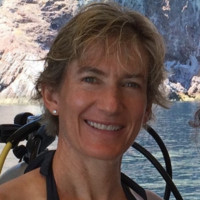
Laura Rose
Laura Rose is an independent consultant with a background in marine conservation, aquaculture, and international development. She is based in Washington, D.C. Follow her on Twitter @fish4good.
Tagged With
Related Posts
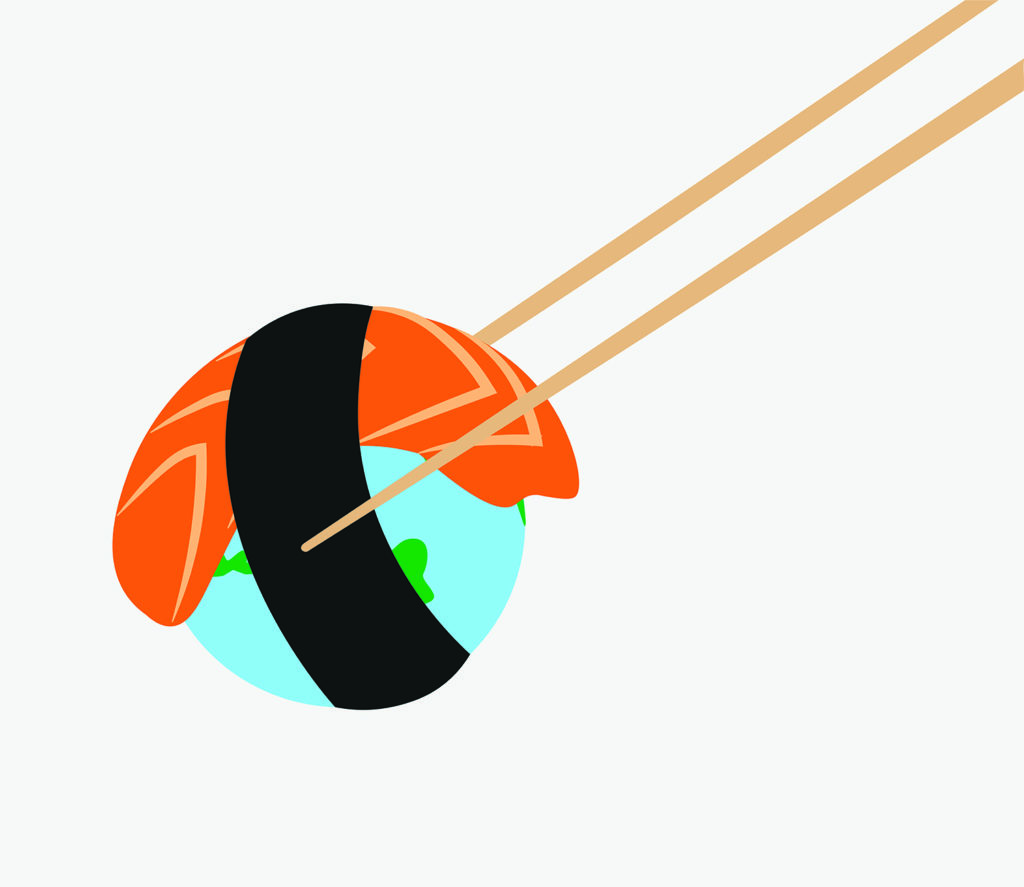
Responsibility
A wider view: Consensus on seafood’s planetary and human health benefits
Several recent reports echo the message that eating sustainable seafood can help save the planet while making significant gains in public health.
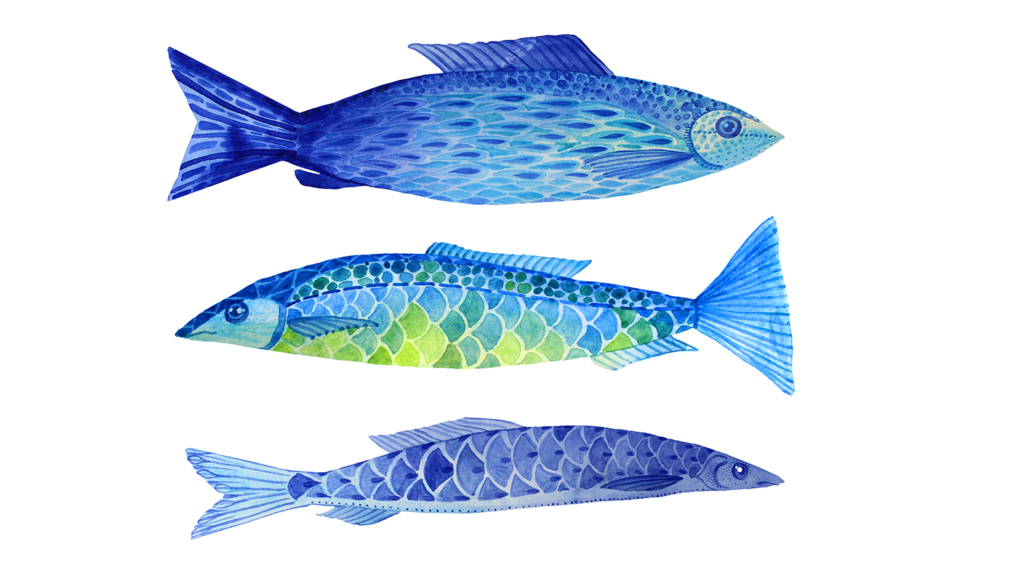
Responsibility
A wider view: It’s blue food’s time
There is urgency to conversations about the role of blue food in mitigating climate change, increasing momentum toward some specific goals.
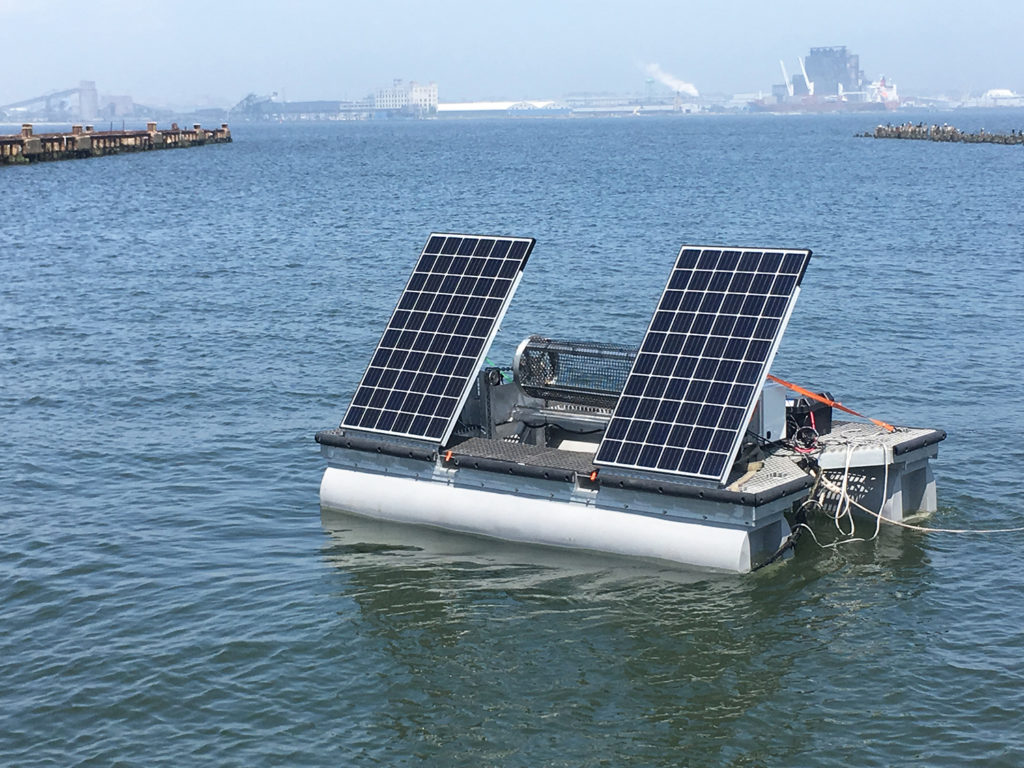
Responsibility
Here comes the sun: Oyster and algae growers harness solar power
A look at three aquaculture companies that are figuring out how to solve their production problems by using solar power in innovative ways.
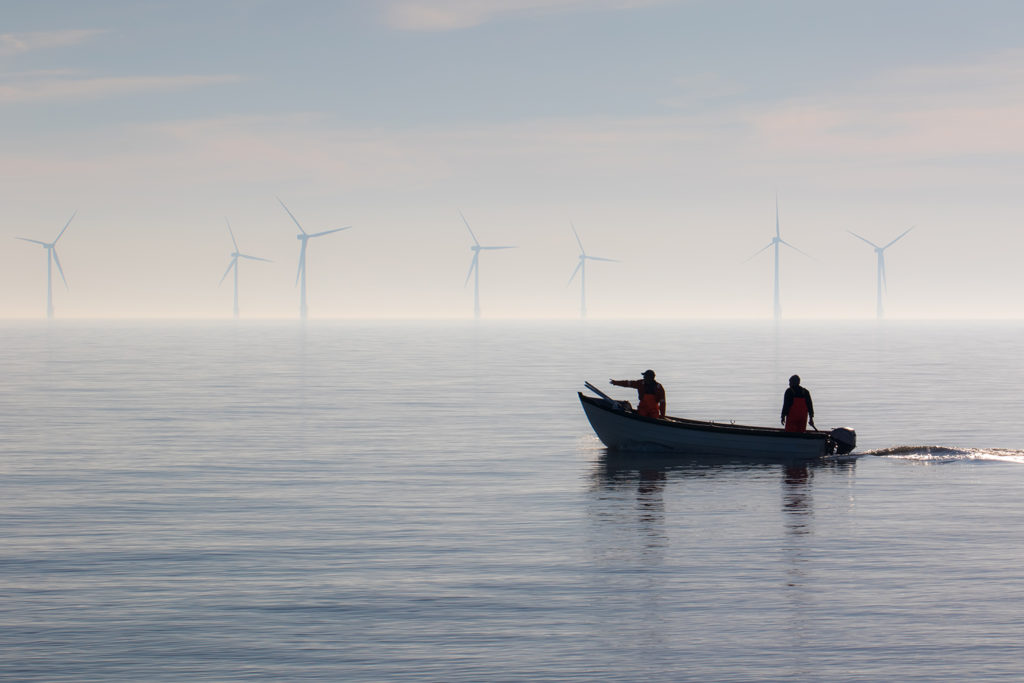
Responsibility
One ocean: At the intersection of green energy and a blue economy
To mitigate the impacts of climate change and bolster ocean health, research suggests turning to one of the planet’s powerful forces: The ocean itself.


